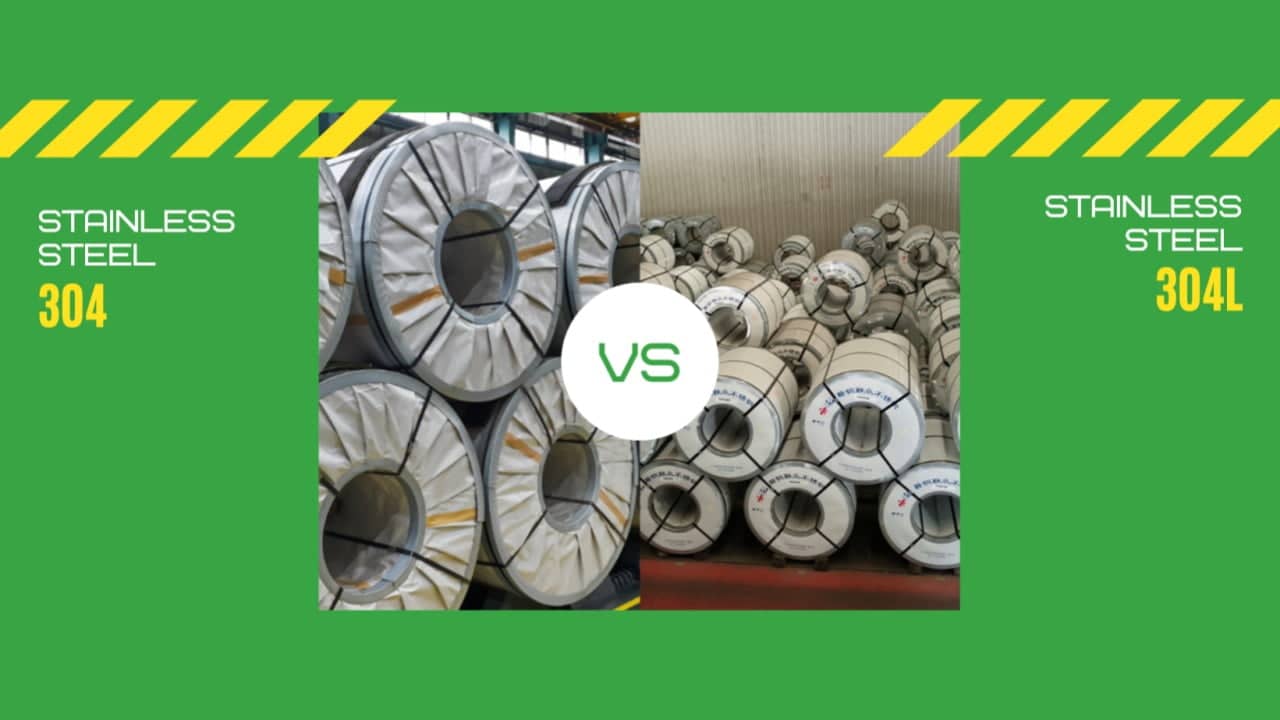Introduction
304 and 304L stainless steels are among the most widely used grades in various industries due to their excellent corrosion resistance and versatility. Understanding the differences between these two grades is crucial for selecting the right material for your specific application. In this article, we will compare 304 and 304L stainless steels in terms of their composition, properties, weldability, applications, and costs.



